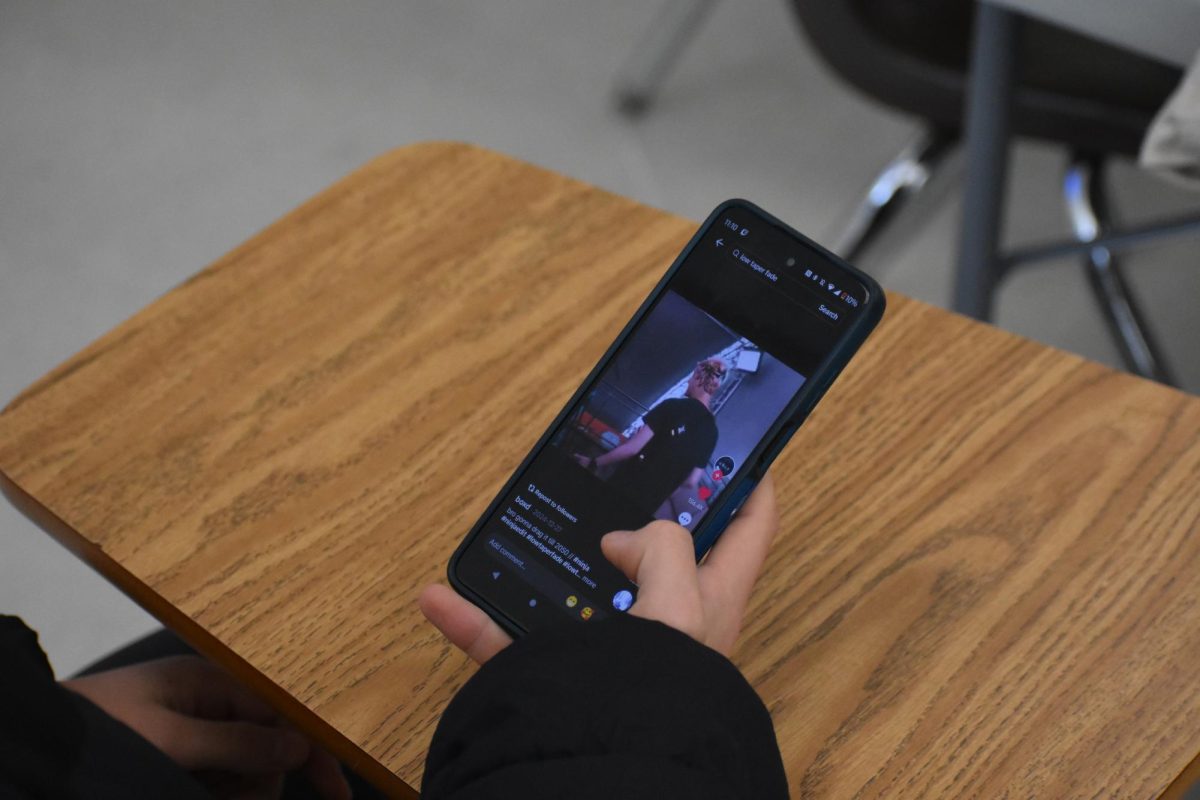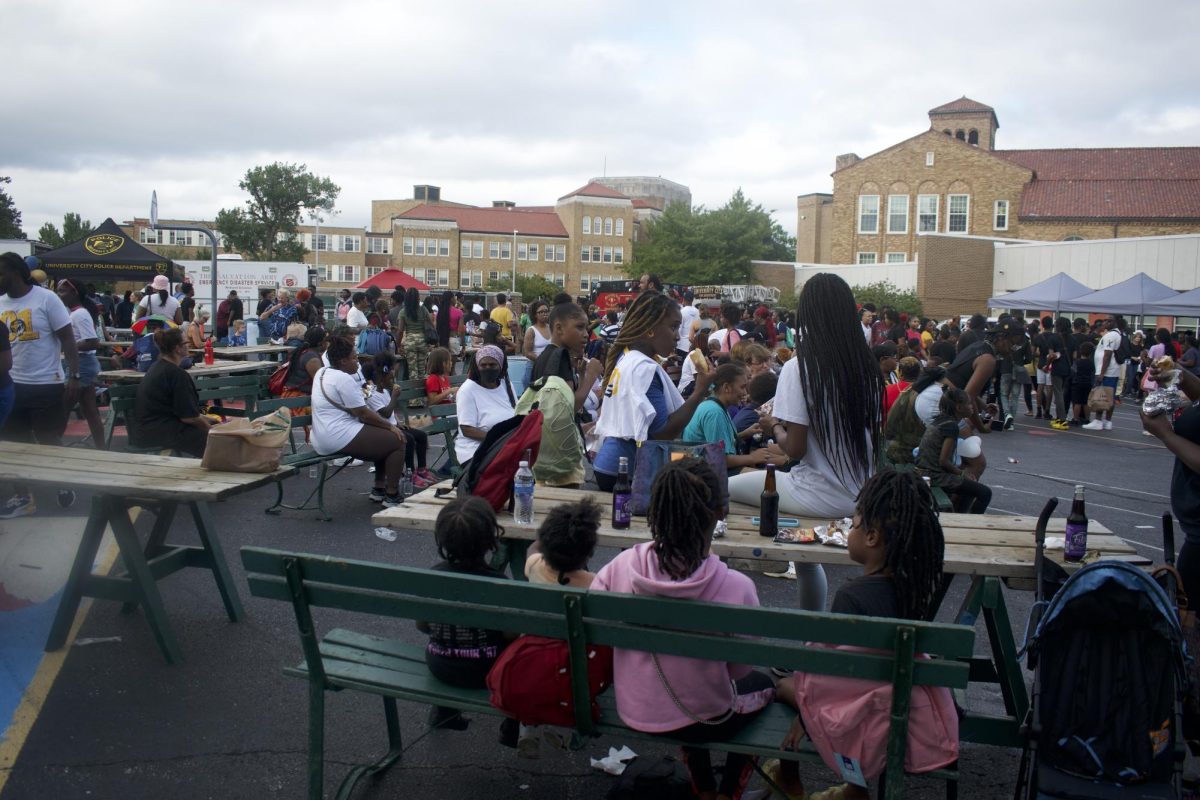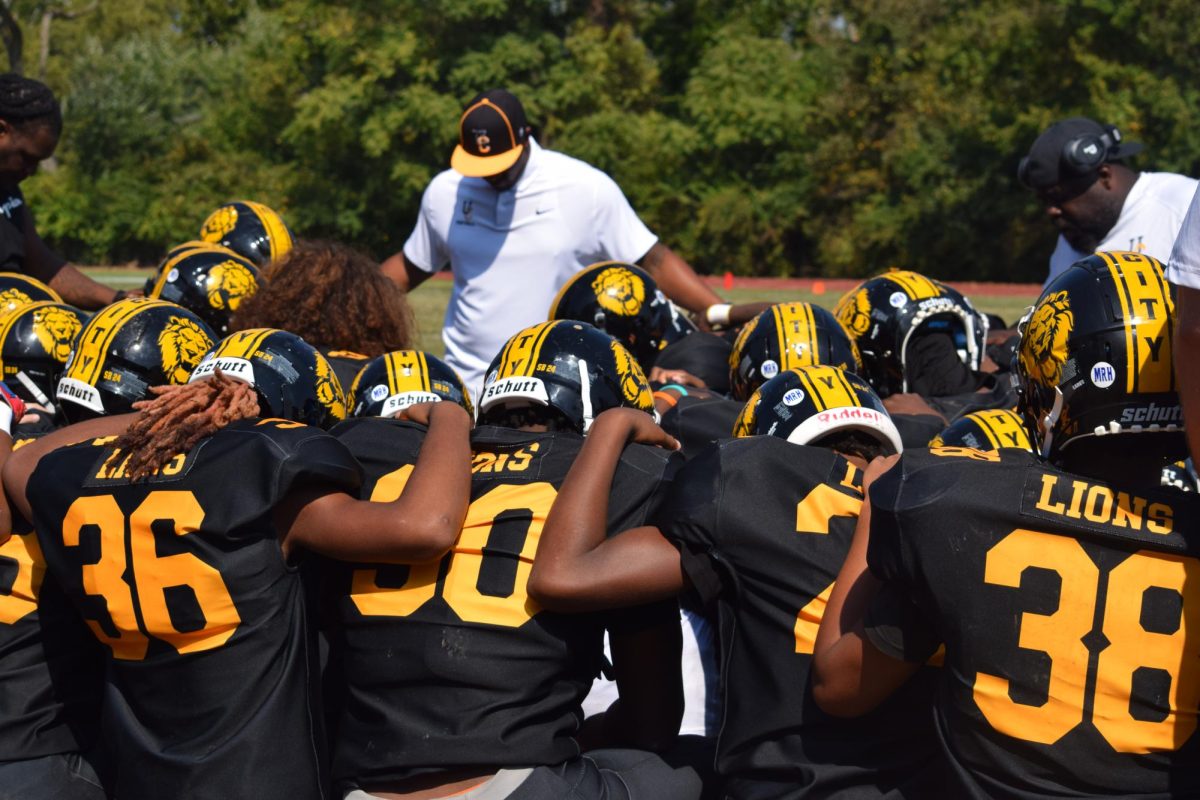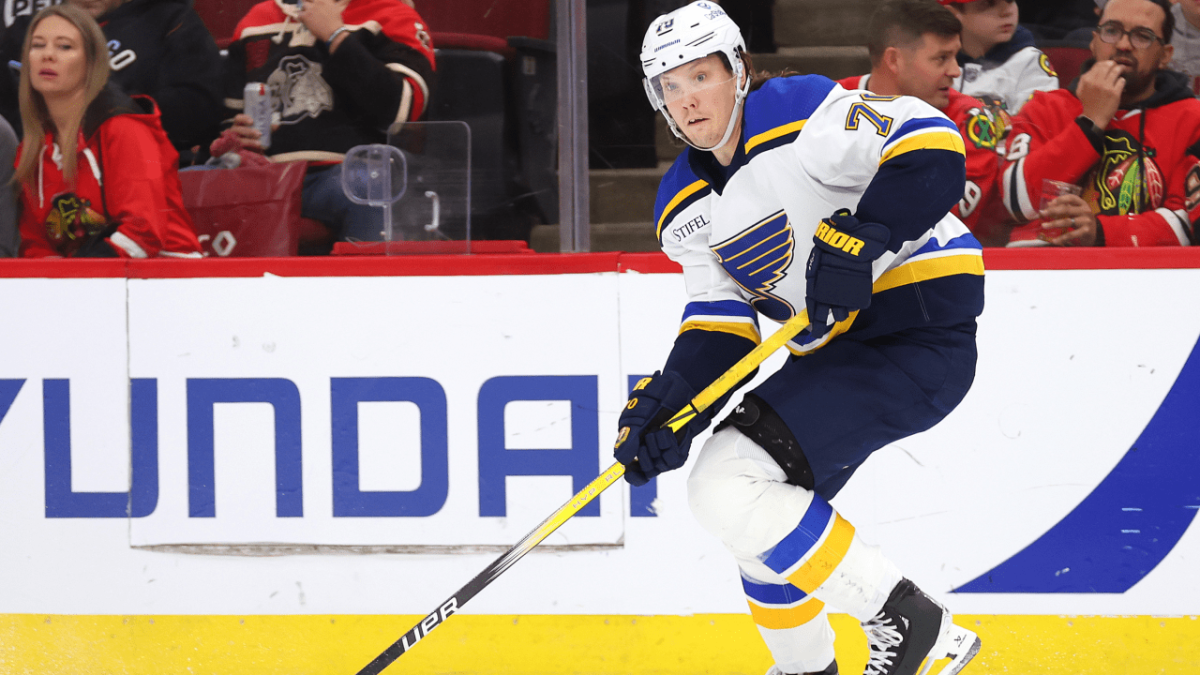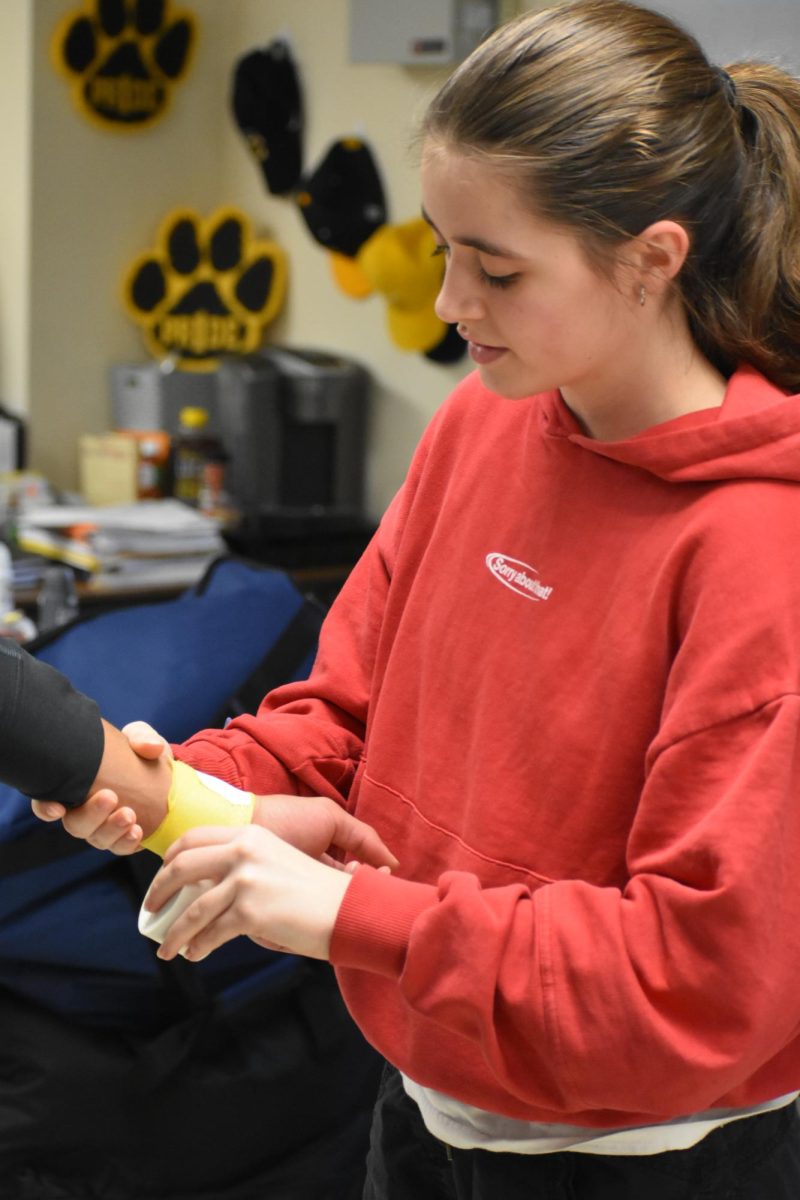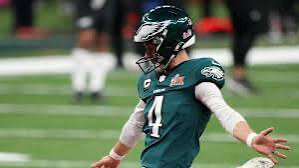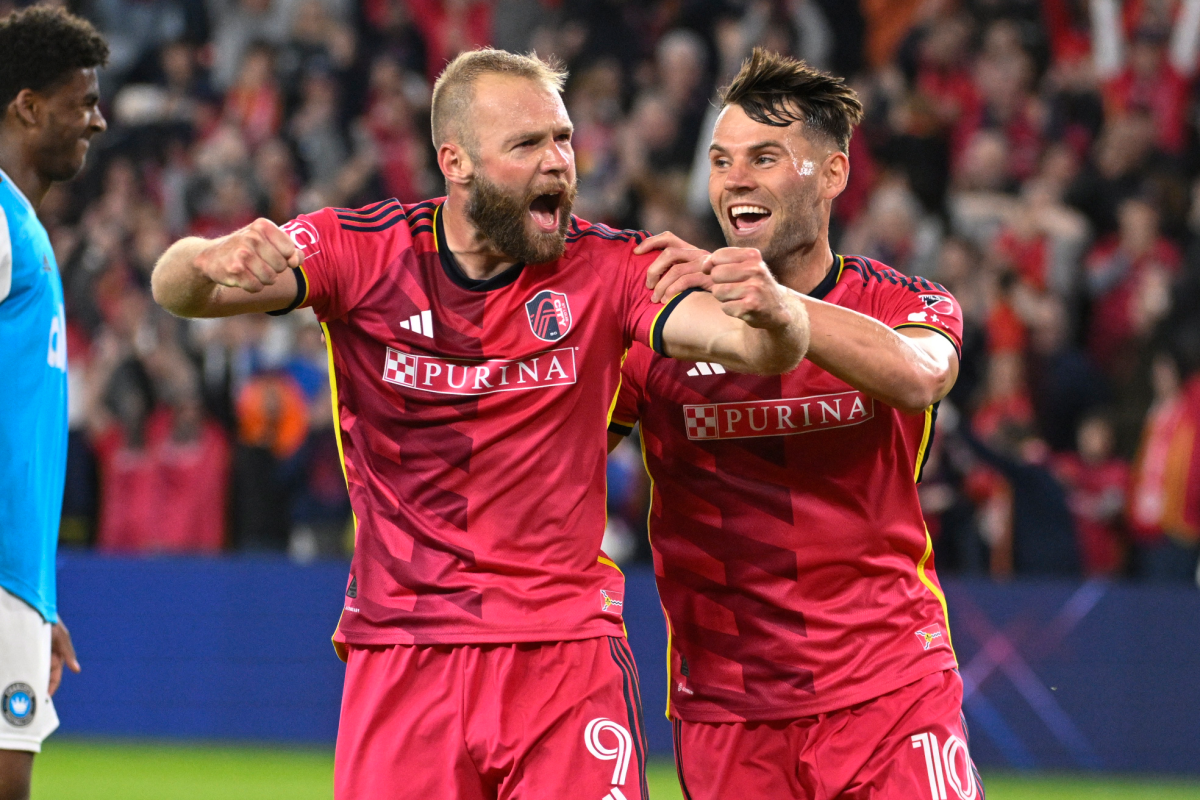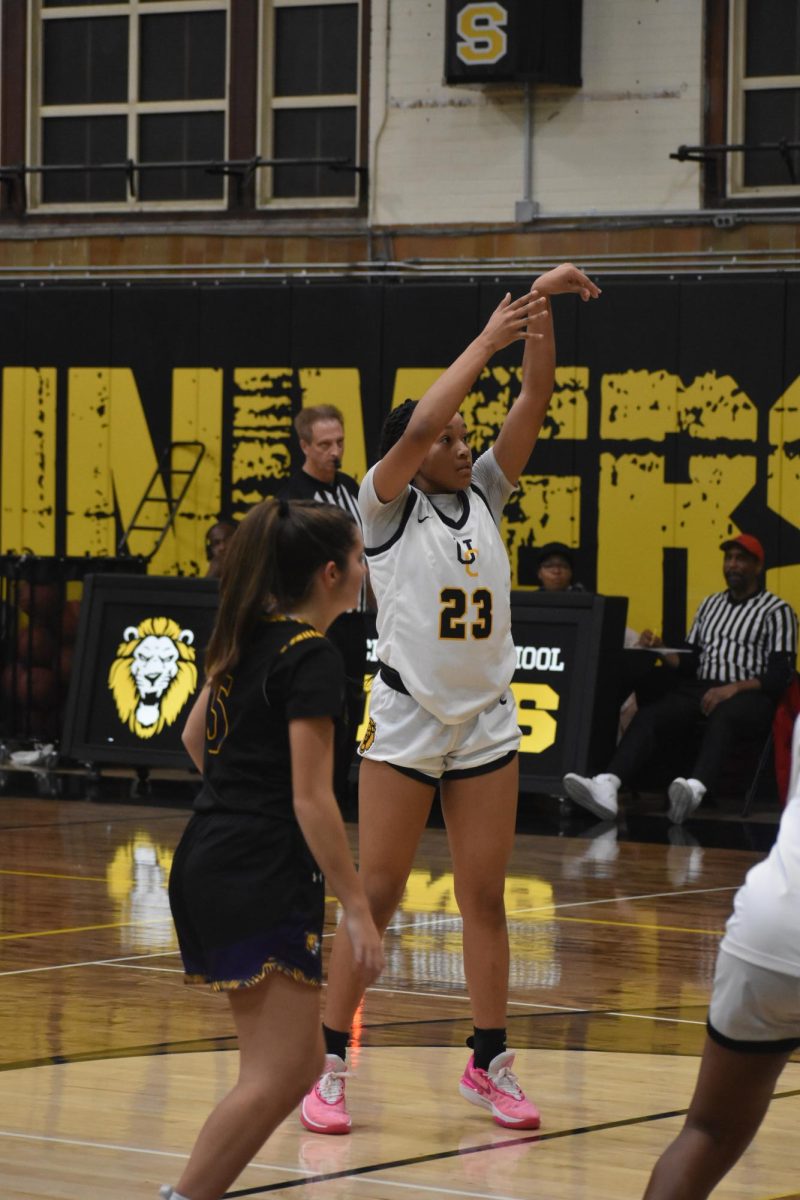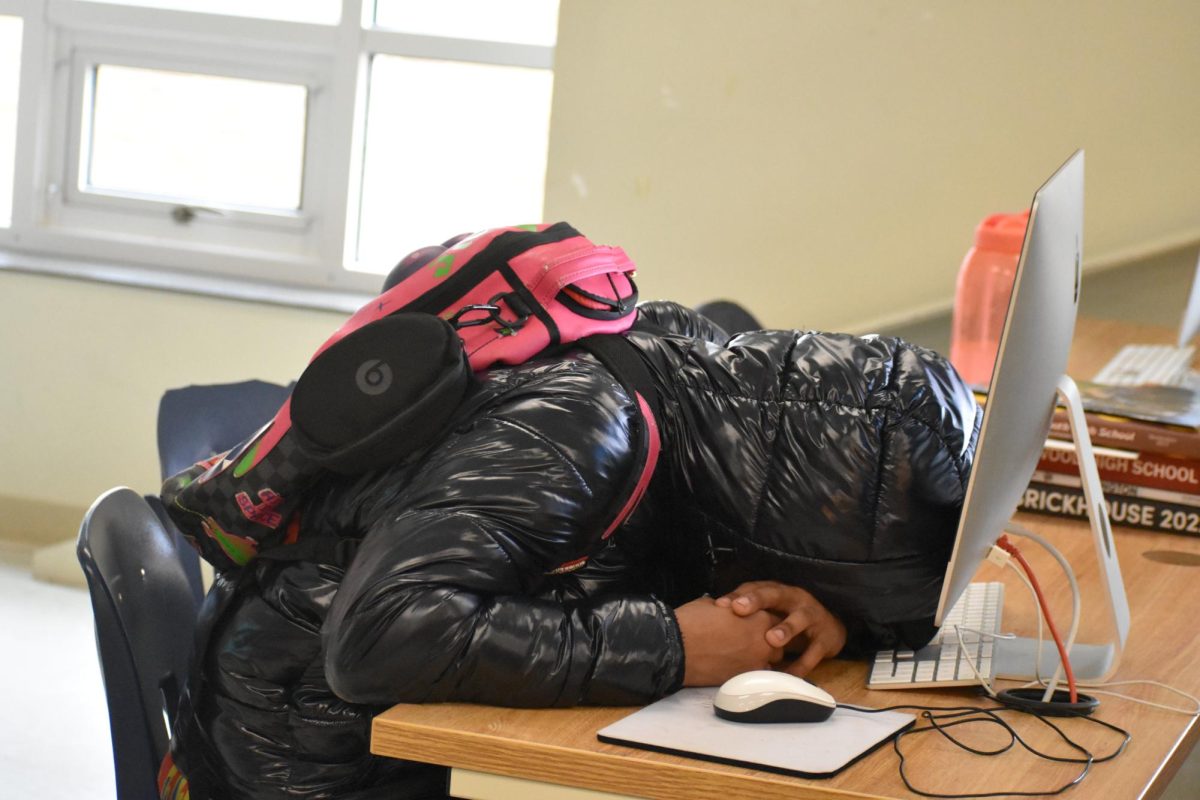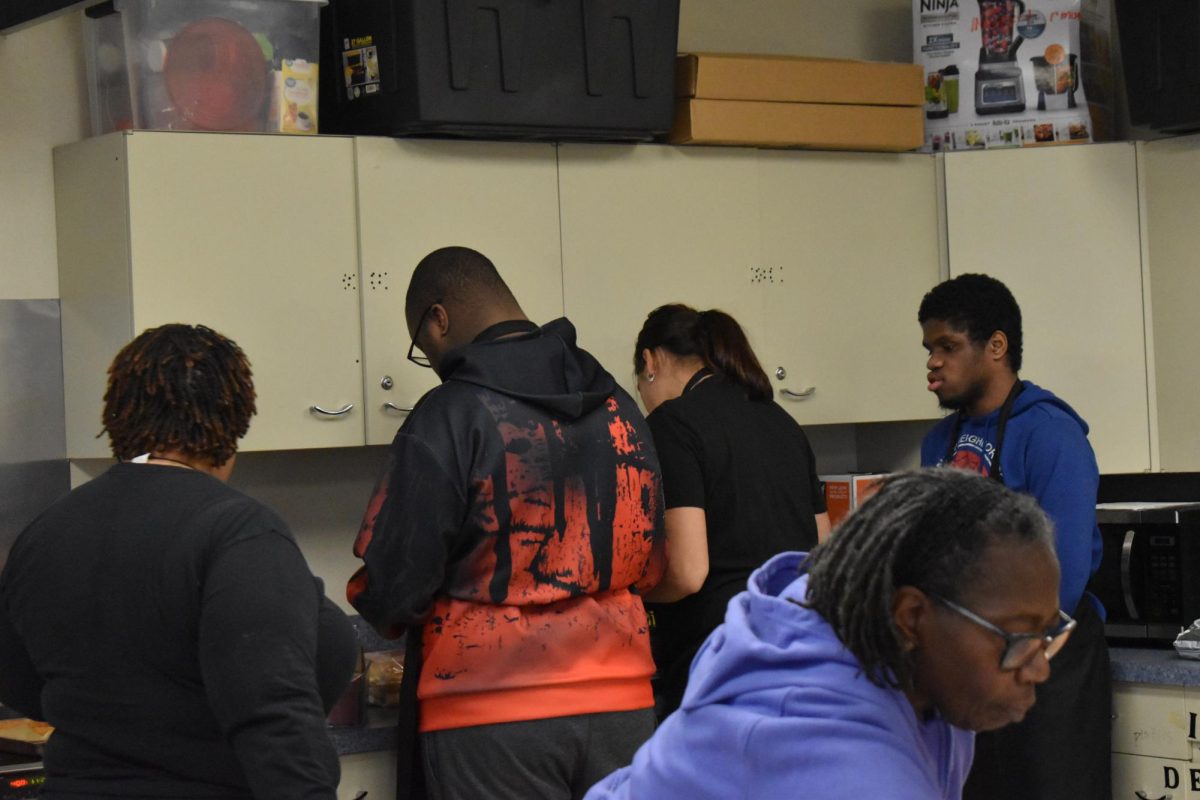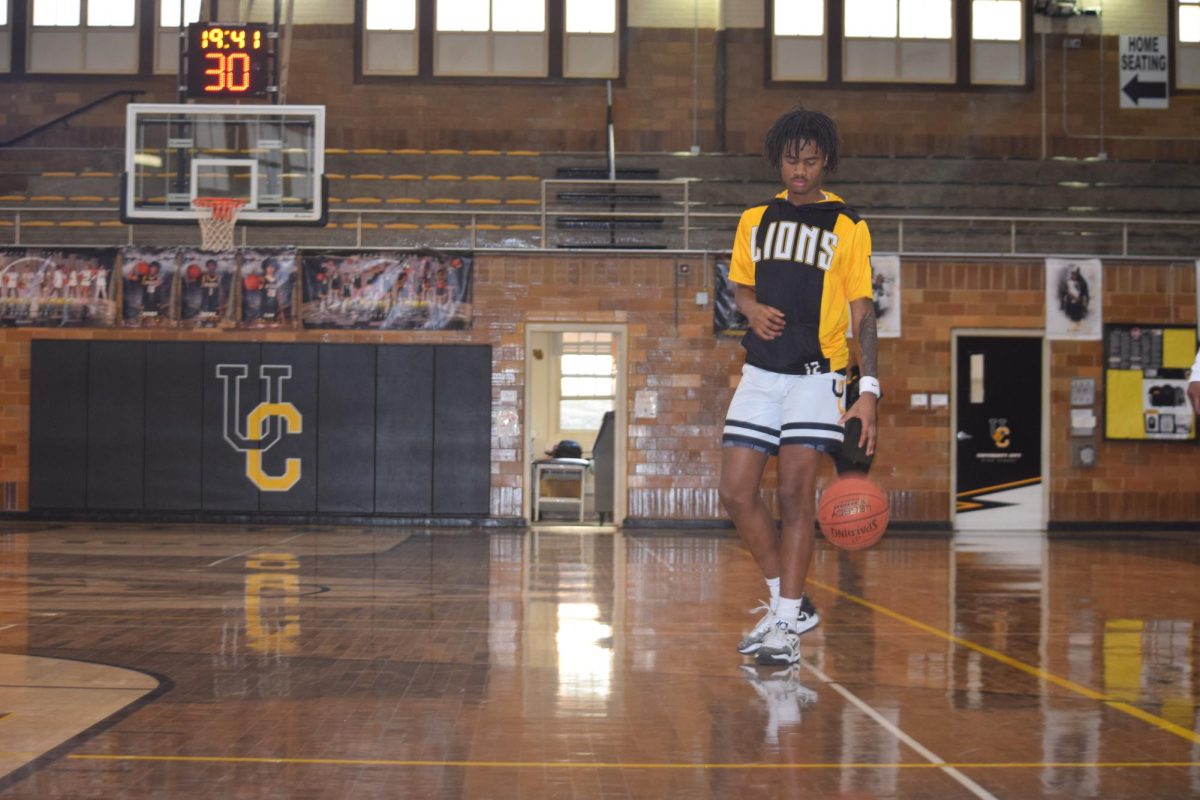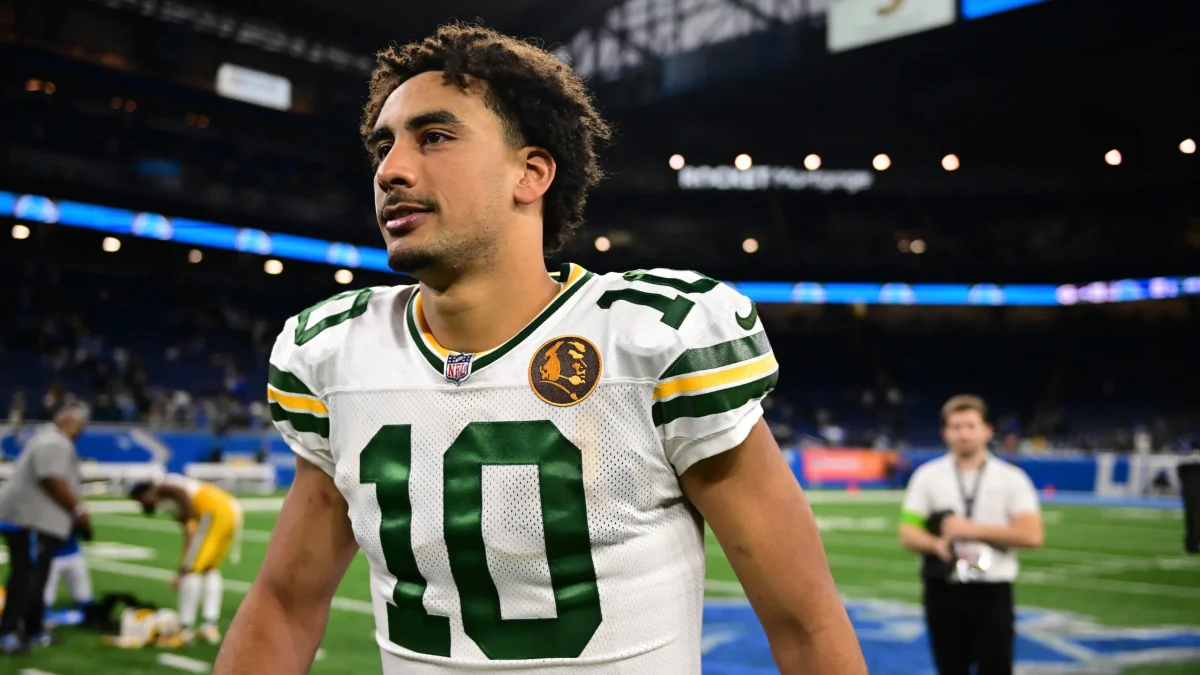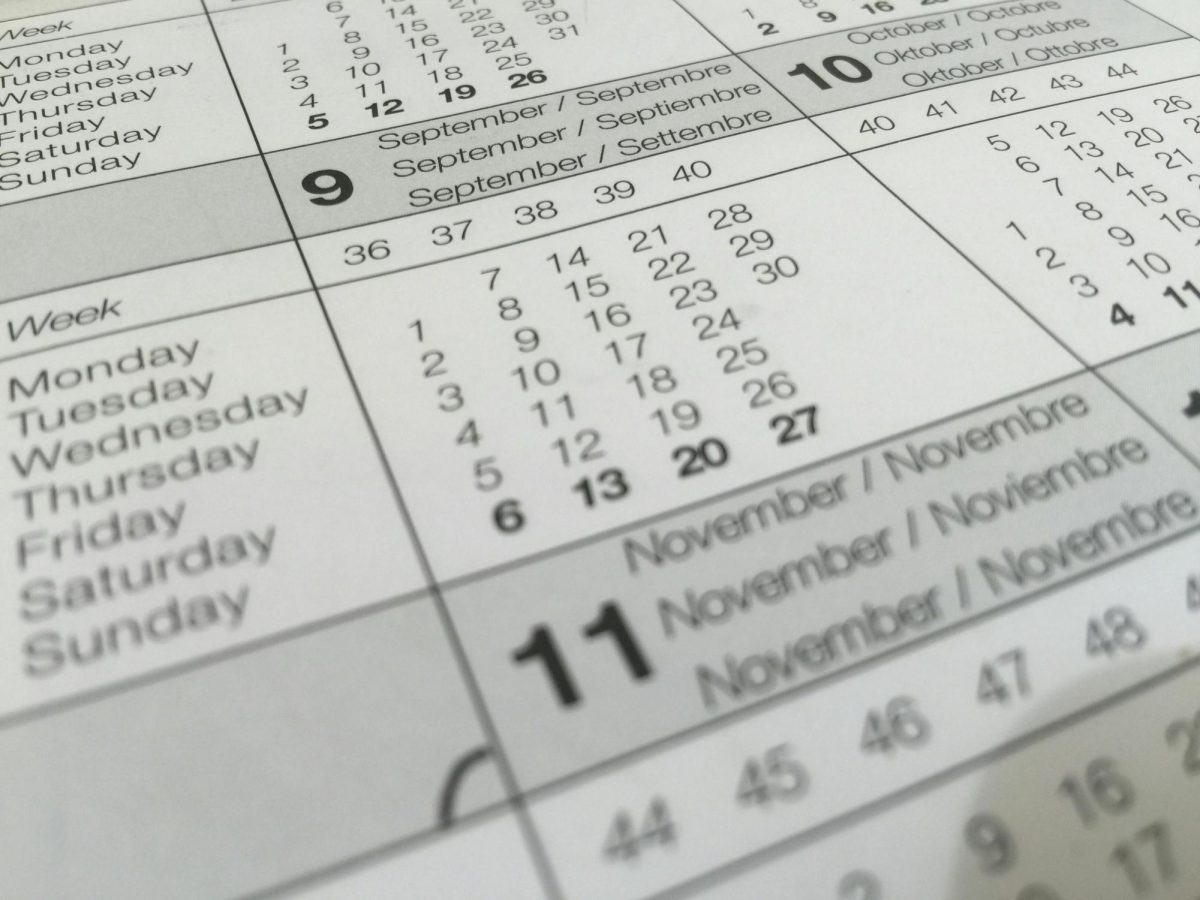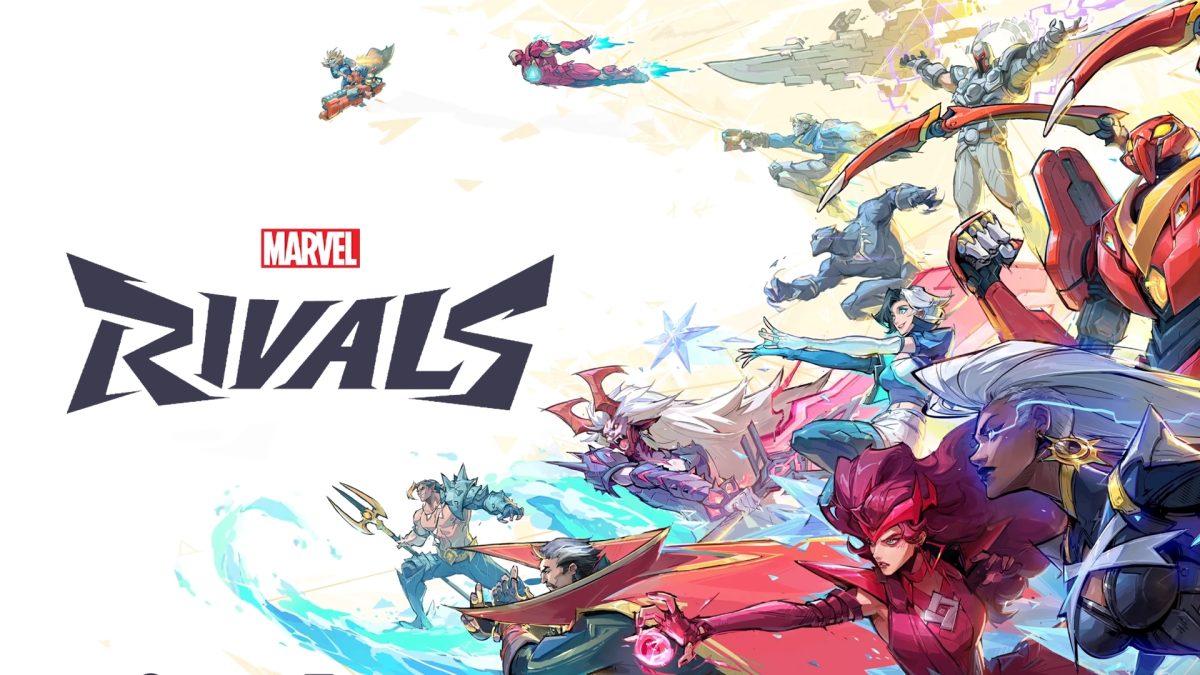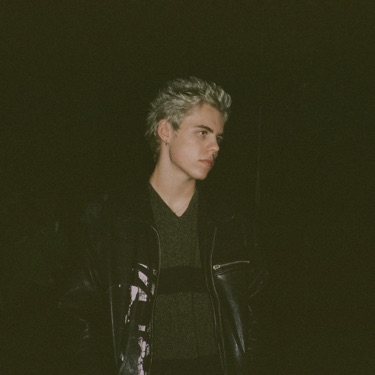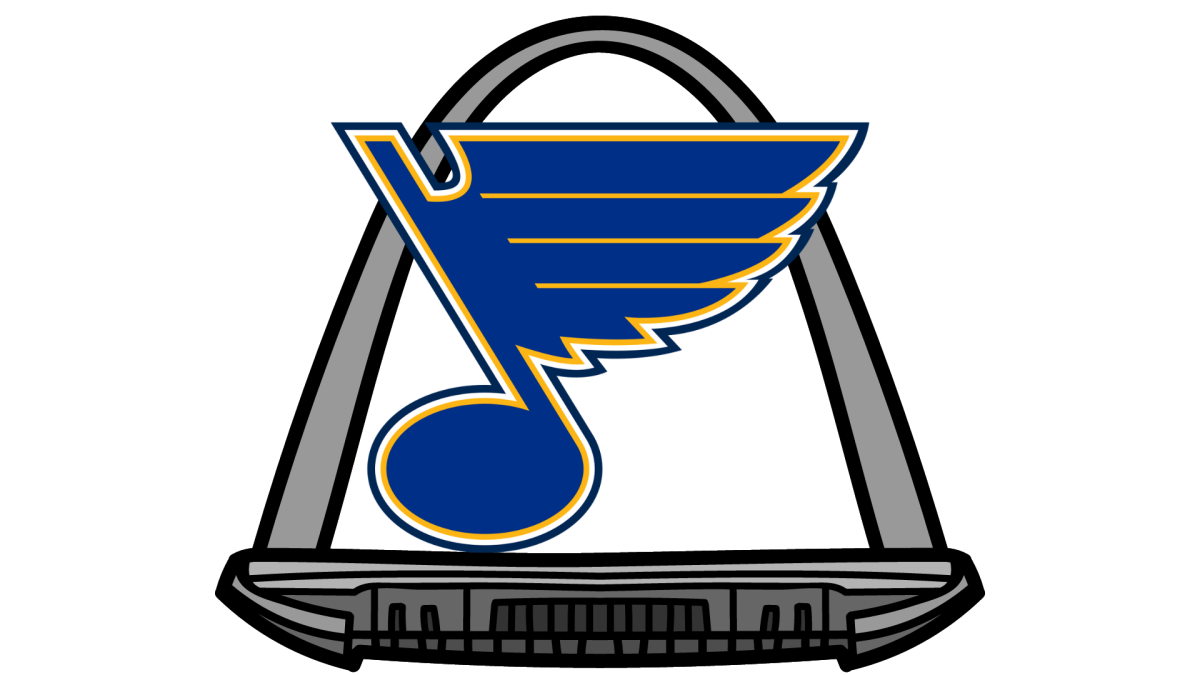Three long years ago the St. Louis Blues hoisted the Stanley Cup for the first time in their history, the glory of an 82-game-long season ending in the best way possible. Currently, however, the Blues aren’t reaching the high expectations placed upon them by the hockey city of St. Louis.
After a championship win, you might expect a dynasty; however the Blue’s 2019 roster consisted of an older core and a captain (Alex Pietrangelo) approaching 30 years old. It was known that the Blues needed a ‘remodel’ per se. While a young core consisting of potential superstars Jordan Kyrou who plays Right Wing (RW) and star Center (C) Robert Thomas rose in the ranks of the Blues recruiting system there was no doubt that the Blues would resign former player Craig Berube as the head coach. He signed a three-year three million dollar deal with the Blues just two weeks after winning the Stanley Cup. This gave an already happy city higher expectations going into the next decade.
The Stanley Cup win was an anomaly, to say the least. The Blues sat in last place in the league in early January; however, this date marked the start of a famous comeback. Rookie Goaltender Jordan Binnington made his first-ever start on Jan. 7th against the Philadelphia Flyers. After an eight-year wait from when he was drafted to this day, Binnington exceeded even the highest expectations. Jordan ended the game with 25 saves and 0 goals allowed. Rarely do you see shutouts in hockey in general, but for a rookie to give this performance in his first game was unheard of. It gave the people of St. Louis something to smile about. This game was the first of an 11-game win streak, the longest in the team’s history. Physical, premeditated and executed hockey to the greatest it can be. There were a handful of flashy goals and highlight clips from every game, but since the forming of the Blues in 1967 the team has always played a physical, planned and seamless brand of the game. The management in St. Louis has never felt a need to change the “Blues way” because it worked to an extent- it did win them a championship. If something isn’t broken, why fix it? But is Blues Hockey broken?
Since the founding of the NHL in 1917 the playstyle has changed so much that it is hard to compare old hockey to the modern-day version of the game. The older, more physical, and overall slower pace of hockey, has been going extinct since the likes of Blackhawks Center Patrick Cane and Penguins captain and center Sydney Crosby trailblazed the new era for hockey in the early 2010s. The style was a fast, precise and flashy brand of hockey. This style got superstars around the league scoring goals you thought weren’t possible, ending up on SportsCenter every other night making jaws drop across the country. The Blues never adapted to this style and kept on trucking with the rough-and-tumble hockey that they always played.
Since 2010 the stat GPG (goals per game) has steadily increased from 5.58 to a current 6.30. In 13 years the average goals per game has shockingly increased by almost a full goal. Only one goal might not seem like much but one goal is the difference between a 3-2 score and a tied 3-3 game. Not only has the amount of goals scored increased since 2010, but the way players are scoring these goals is rapidly changing. The amount of slapshots scored has decreased by 10% from 2010, this isn’t because of a lack of goals scored as the GPG has increased every year. The reason for this decrease is the faster, more precise and flashy style of scoring; a slapshot is meant to sling the puck at speeds over 90 mph to score before the goalie knows what happened. However, as the game progressed, we saw more athletic goalies bless our eyes with their acrobatic saves and mind-boggling stops. These goalies, such as Jordan Binningon and three-time Stanley Cup winner Andrei Vasilevskiy, have learned to position themselves in a way where a slapshot has a margin of less than two inches to get past the goalie. Historically it is hard to aim perfect shots when you’re trying to hit the puck as hard as you can. Another factor in the decrease in slapshots is the modern defensemen. Defenders nowadays give the player with the puck less than two feet of space to get a shot off. A slapshot requires time, space and technique, none of these things are easily achievable in modern hockey. So logically players turned to a more accurate, quicker shot given the limited time to move the puck: “The Wrist shot” The wrist shot, unlike the slapshot, is a quick and accurate shot that can go just as fast if not faster on occasion. Winding up for a slapshot is the loudest “I’m gonna shoot” sign in the game; with a wrist shot the defenders don’t know if you’re going to pass or take a shot on net, and that’s why the slapshot is so effective.
The Blues have never made any big changes to their playstyle. The strategies on offense are to get the puck up the ice, pass until you have an open shot and shoot. Most of these shots are slapshots from about 60 feet away. Not only is this style outdated but also risky and defective the majority of the time. Other teams are improving their rosters, their styles and even their positioning, but the Blues seem to lag behind in the evolution of hockey. The Blues front office takes a “if something isn’t broken why fix it?” approach to the team, because, in reality, it is very difficult to change styles and evolve with the game but most of the time that evolution is needed. But is the blues style broken? The only real success the Blues have had in 10 years is the Stanley Cup win, but since then the Blues have lost in the first round twice, lost in the second round once and missed the playoffs last year. This mediocre performance after the highest accolade in hockey is concerning, to say the least. Will the Blues make a change this season? Only time will tell what the Blues Future holds. All the fans know is there are two choices: evolve or get left in the dust.


